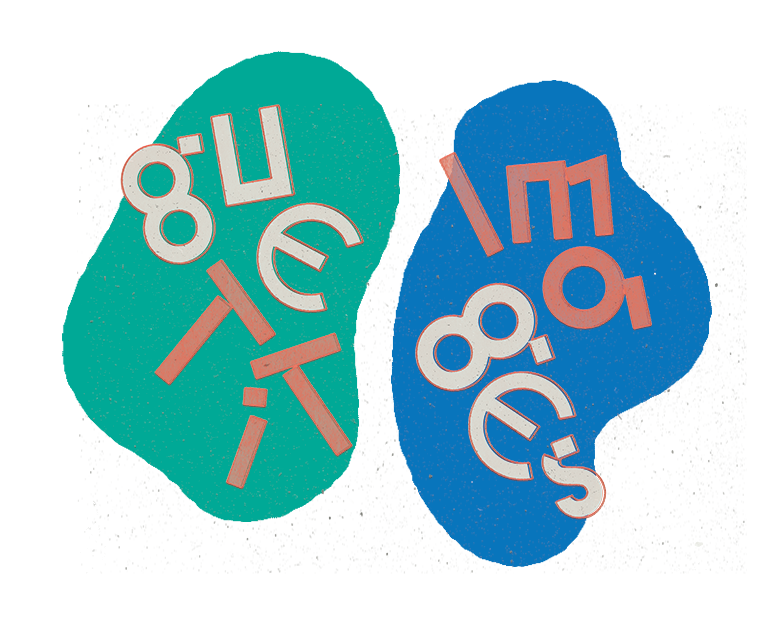Project Overview
The challenge: Adapt and evolve the WordPress interface and workflows for Inteligência Financeira at Itaú to meet the specific needs of two teams with very distinct journeys — Editorial and Marketing.
The context: Teams with highly operational processes were hindered by limitations in the CMS's standard interface, which impacted both the speed and quality of their deliveries.
The approach: We applied the five pillars of Service Design — from discovery to blueprinting and scalability — to redesign the service as a whole and deliver a truly seamless experience.
My role: I acted as a facilitator of collaborative processes, leading stakeholder discovery, co-creating with technology, and testing solutions with the teams in short cycles.
The result? A CMS tailored to users’ real needs, with contextual panels, integrated AI, a drastic reduction in rework, and a significant improvement in the teams’ sense of autonomy.
✳️ What Drove the Change:
Before the transformation, the WordPress experience was marked by:
• Excessive steps and rework to fill out technical fields like SEO tags and keywords
• Lack of editorial context during content creation
• Increasing need for higher quality standards asked for new tools for content optimization
• Increasing need for higher quality standards asked for new tools for content optimization
• Difficulty in creating and versioning lead capturing boxes and modals, or landing pages for campaigns
• Dependency on the tech team for simple tasks
The Service Design Process
1. Discovery and Diagnosis
In-depth interviews, shadowing, and co-creation sessions with both teams revealed shared pain points:
Editorial:
“I’m never sure if I filled in the right fields. Feels like I’m always missing something.”
“I waste a lot of time going back to adjust SEO or categories.”
“It lacks smart suggestions. It could be more intelligent.”
Marketing:
“Creating a landing page takes so many back-and-forths with tech.”
“The lead capture boxes often break when we change the content.”
“We want more control — but without risking stability.”
2. Journey Mapping
We mapped two complete journeys: post production (Editorial) and campaign creation (Marketing). Each step was translated into touchpoints, channels, needs, feelings, and thoughts — the foundation of our Service Blueprint.
• Touchpoint
• Journey Stage
• Channel
• User Need
• Feeling
• Thought
3. Blueprinting and Collaboration with Tech
Together with the Tech Lead, I evaluated how to customize the CMS without compromising stability. We opted for incremental improvements based on:
• Custom ACF fields and plugins
• Validation scripts to guide users
• Contextual panels based on content type
• JSON-based integration with external APIs
• AI-powered custom tools
• AI-powered custom tools
The Turning Point: AI Integration
We identified key automation opportunities using AI
🔍 Smart SEO
• Cross-analysis of category and tags to suggest a focus keyword
• Auto-fill for meta title and meta description based on content
• API integration with Semrush
🧠 Curation Assistant
When opening agency content, the CMS suggests headline, subtitle, category, tags, and SEO fields based on an AI prompt
✨ Auto-Summary
• Authors can generate an editorial summary of the content with one click
• Content is reused in another section of the site (“Flash”)
Prototyping and Testing
We created wireframes and ran qualitative tests with both teams. Real feedback included:
• “Now it makes sense. It feels like the system understands what I’m writing.” (journalist)
• “With this AI, I can focus on the content, not the form.” (editor)
• “Campaign creation is way faster now — no more support tickets.” (marketing analyst)
Rollout and Scaling
Improvements were deployed in waves:
• Campaign customization in the dashboard
• CMS adaptation for multiple template types with their respective fields
• Use of AI as an editorial assistant
• Creation of the Content Assistant, displaying a checklist of tasks before publishing
• One-click summary generation via AI – IF Flash
• Optimization of agency content using AI
• Creation of the Link Automator
• Implementation of the SEO Optimizer using AI + Semrush API
Results
• NPS survey conducted with the team in February 2025 reached a 91% approval score
• Publications became up to 80% faster by eliminating repetitive operations and workflow bottlenecks
•Scalable testing in campaign creation, enabling easy configuration of A/B tests for images or messaging
• With the configuration panel for modals and lead capture boxes, we saw an 82% increase in conversion during the week the feature was launched
• The Content Assistant ensured that all published content met the minimum SEO requirements set by the SEO team
• Two new sections of the site are now fed with minimal human effort, expanding our offering without adding extra workload to the team
• Teams gained more autonomy, allowing them to focus on strategic activities instead of spending time on mechanical tasks
Key Learnings
🧩 Service Design delivers real value when it considers the full experience — from creation to operation
🧠 AI integrations aren’t the goal, but a powerful means to provide autonomy and context to users
⚙️ Working side-by-side with tech from the beginning ensures a smoother and scalable implementation
Thank you!


